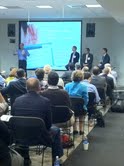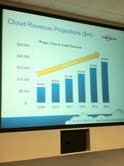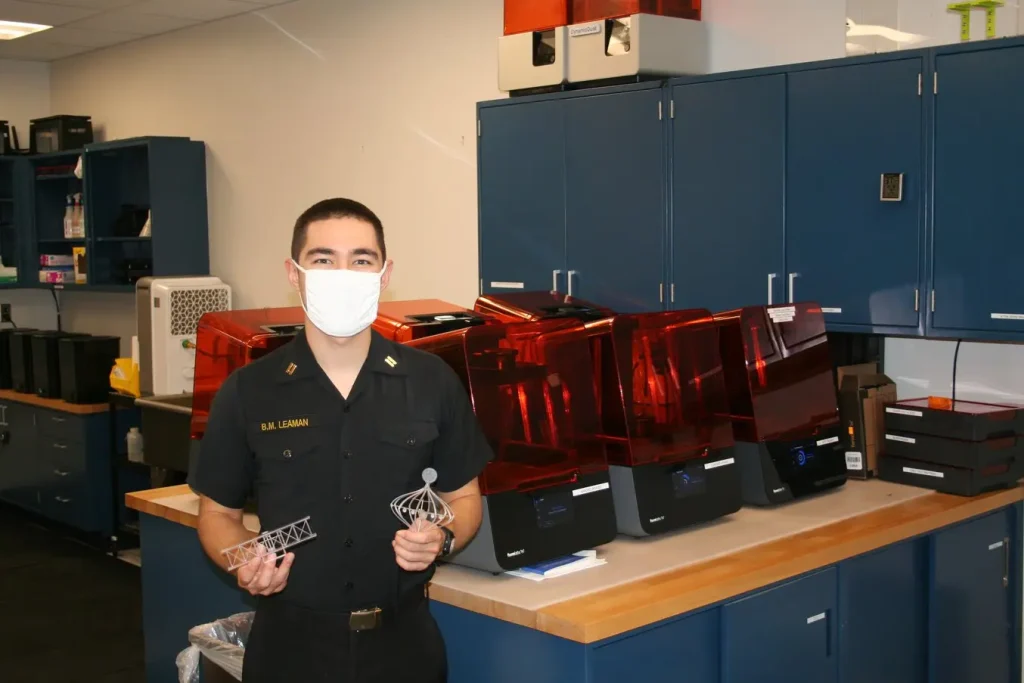Attendees at the MassTLC Cloud Computing Summit on October 13th had the opportunity to learn about realizing the business benefits of “cloud computing” from experts across the industry. First, however, they saw conventional cloud computing in action, as they braved torrential rain to arrive at the conference.
The cloud, and its application, is evolving rapidly
The day began with a keynote session presented by Michael Skok, of Northbridge Venture Partners and Bruce Guptill of Saugatuck Technology and an executive panel including Chris Brookins, VP of Engineering, Acquia and Tom Ebling, CEO, DemandWare.
No surprise, Michael noted that cloud investment is on the rise, with greater than 75% of companies employing public or hybrid clouds. Lawrence Schwartz penned a great post about the presentation on the Tokutek blog, TokuView and cited:
– Michael’s observation that agility, scalability, and cost are the biggest drivers of cloud adoption–but that in five years, the drivers will hinge on innovation, mobility, API’s and competitive pressures.
– Bruce’s remarks that cloud adoption levels were about one in three for new IT applications last year, but that we are heading to a one in two tipping point in 2014–and that that buyers are demanding cloud offerings, which in turn is driving 90% of ISV’s to some sort of cloud based presence.
– Chris’s conclusion that his company, Acquia, had resolved the portability issue (i.e., vendor lock-in) and was therefore able to grow to 60k users
Michael’s presentation on the Future of Cloud Computing can be found here.
Private, public, hybrid: Each has its strengths
Brief highlights are below from the panelists concluding that there are pros and cons of both public and private cloud solutions:
– Employ public clouds for economy of scale, use private clouds only for applications where security is a priority.
– If you can predict your needs, and don’t need the agility to scale up and down, consider using the private cloud.
– That said, with predictable loads, the public cloud can be very cost-effective.
Breakout sessions:
After the keynote, attendees had the option of attending two workshops. I attended the sessions on usability and mobile. The other sessions focused on making the transition from on premise to SaaS and the challenges and considerations for moving to the cloud.
Usability case studies: 37 Signals, Amazon and Box
In addition to offering an entertaining format, Cory did a great job of defining the issues. He explained that the panelists would each focus on three of four companies: Netflix, 37 Signals, Amazon, and Box. Cory then asked each panelist to focus on a specific usability challenge that the company faced when developing its product.
The audience decided against hearing about how Netflix handled the challenge associated with moving from Netflix to Qwikster to Netflix. The loudest among us opined that there was already too much discussion of this topic. Cory’s presentation of the four examples can be found here.
Simplicity vs. Flexibility
First up, was Joshua Porter, Director of UX at Hubspot, who Cory asked to discuss the tradeoffs of Simplicity vs. Flexibility using 37 Signals as a case study. Joshua noted that when building HighRise, 37 Signals’ designers chose to employ only a small set of screens. He compared this approach to Salesforce’s more complex user interface, which provides tremendous flexibility.
Josh point out that High Rise entered the market after Salesforce–and that simplest wins at the beginning. He added that disciplined designers, aim to keep the initial interface simple, but plan for future complexity.
These designers keep sequence and flow top of mind at all times. They then may use a technique like “progressive disclosure” to reveal additional features in the right order at the right time. The example he provided was the presentation of essential elements first, with a link to advanced options.
He then described his own research experience at Hubspot. One example, he gave was the ordering of tasks. When testing the application with actual users, he quickly found that marketers prefer to create an email campaign before they build or specify a list. As a consequence, Hubspot now permits users to do exactly that.
Great user experiences vary by market segment
Karl Wirth, CEO, Apptegic, centered his remarks on the difference between a good and great user experience. He began by noting that it’s hard to argue with Amazon’s approach, especially now that we know how successful it’s been.
Then, he described a good vs. great experience using a restaurant meal as an example. There, a great experience is when either you come across a pleasant surprise or you get an experience that represents a significant improvement over what you expected (e.g. lower price, faster, etc.)
Karl’s observations highlighted the importance of knowing who you want to serve–and what they value most. He argued that Amazon provides a great user experience to the technical and financial buyers it aims to serves, because it doesn’t use a GUI.
He added that we now have analytics that will tell us how successful users employ our products. When used as a part of a thoughtful strategy, he believes this makes is easier than ever to learn what constitutes a good user experience.
Freemium to Enterprise: Do you see what I see?
Joe Baz, Founder and CEO, Above the Fold, reiterated the importance of market segmentation in his discussion of how to design a single application that spans the spectrum of users from Freemium to Enterprise.
Joe spoke about the different perspectives of consumer, IT, and corporate users–and the importance of giving each an experience tailored to his/her own preferences and past experiences. His tip: design for each segment’s workflow.
Using Box as an example, Joe explained that consumers want to dive into sharing files with their teams. IT, on the other hand, concerns itself with security, and individual profiles for different users, so they prefer to start by viable product often strikes the right chord.
Enterprise IT departments, on the other hand, need to start with Account Management, assigning appropriate security levels and rights to different types of users. Nevertheless, their users need to see a much simpler interface, very much like that the one consumers prefer
There was also some discussion of the cost of Freemium and ensuring that there is sufficient volume of paid customers to offset the costs of supporting free users. Someone noted that another way to justify the cost of Freemium is to assign it to marketing expense. This individual noted that this is a way to shortcut the buying process and accelerate the sale. The hope is that users that experience the Freemium product will sell it to their colleagues, thus obviating the need for a lot of marketing collateral.
Multiple perspectives create great value
In short, it was a great morning. The Mass TLC’s cloud computing summit addressed the topic through the eyes of multiple players, from IT to Marketing to the financiers. Best, was the opportunity to hear case studies and examples from experts who have “been there and done that”. Once again, I’m glad to live in Boston where one can stay at the leading edge without boarding a train or a plane.
Guest post contributed by Barbara Bix, BB Marketing Plus




